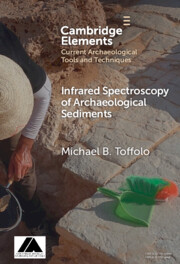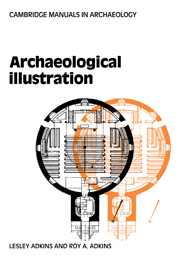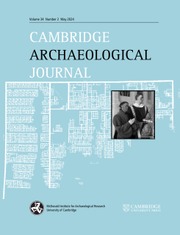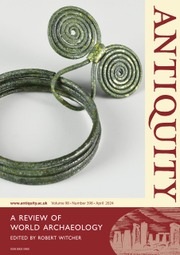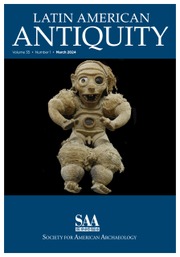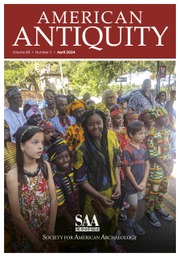Infrared Spectroscopy of Archaeological Sediments
Infrared spectroscopy is the study of the interaction between infrared radiation and matter. Its application to the characterization of archaeological sedimentary contexts has produced invaluable insights into the archaeological record and past human activities. This Element aims at providing a practical guide to infrared spectroscopy of archaeological sediments and their contents taken as a dynamic system, in which the different components observed today are the result of multiple formation processes that took place over long timescales. After laying out the history and fundamentals of the discipline, the author proposes a step-by-step methodological framework, both in the field and the laboratory, and guides the reader in the interpretation of infrared spectra of the main components of archaeological sediments with the aid of selected case studies. This title is also available as Open Access on Cambridge Core.
- s title is available as Open Access.
Product details
February 2025Hardback
9781009532976
110 pages
235 × 160 × 12 mm
0.299kg
Available
Table of Contents
- 1. Introduction
- 2. Theoretical and methodological framework
- 3. Infrared spectra of the main components of archaeological sediments
- 4. Applications to archaeological sediments and their contents
- 5. Concluding perspective
- References.

